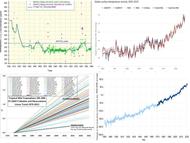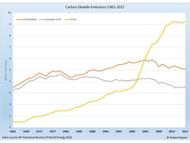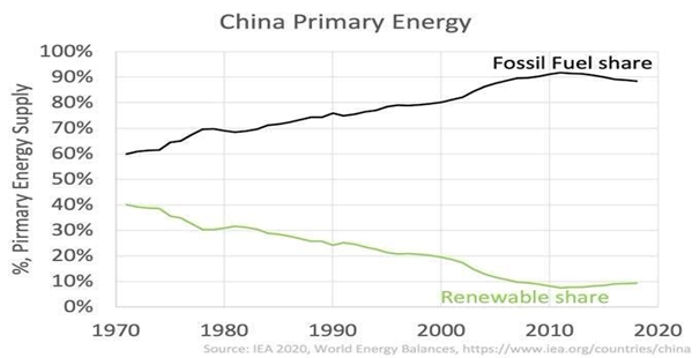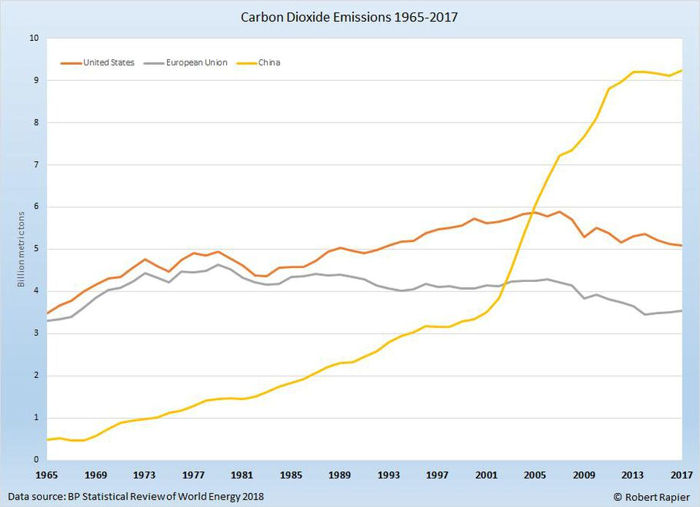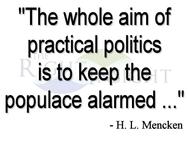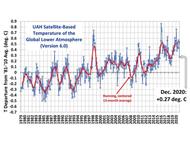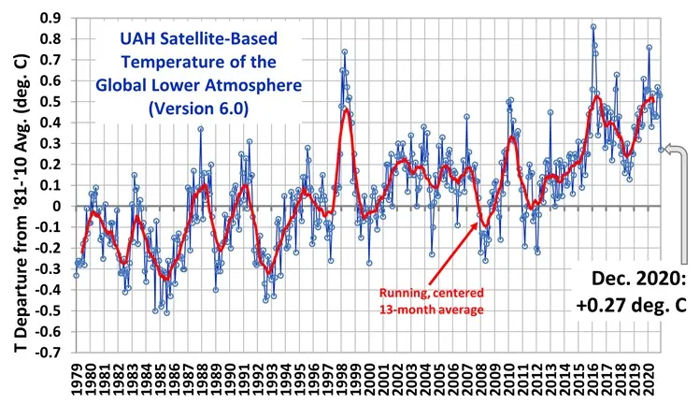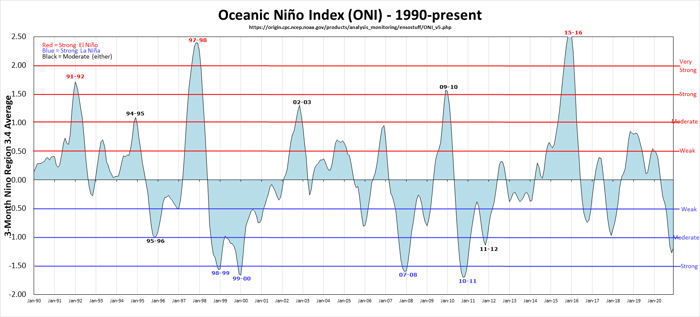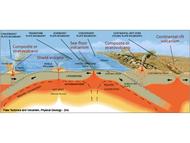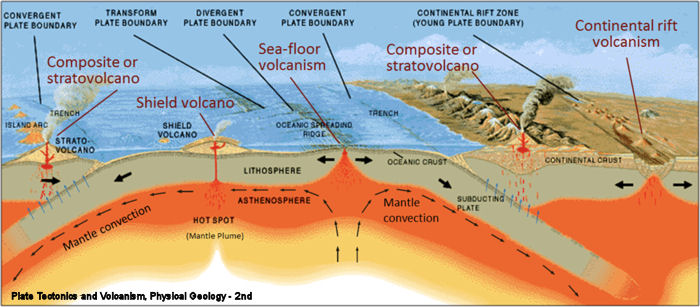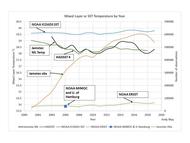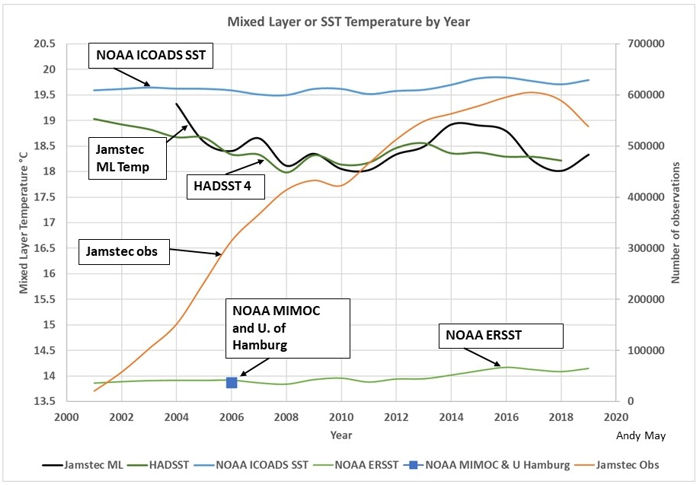The past several years have seen the appearance and proliferation of “fact checkers”, some of which are more like “fake checkers” driven by their founders positions on current issues. This evolved into organizations including Facebook, Twitter and Google blocking subscriber content and then banning individuals and organizations from using their services. However, two Duke University professors have now proposed establishment of a federal, “non-partisan” Misinformation Commission, though there is no assurance that such a Commission would be expert or objective. The suggested federal Commission is reminiscent of the Ministry of Truth in George Orwell’s 1984, which was also responsible for the ongoing revision of history.
Climate change would likely be a priority focus of the Commission, since charges of misinformation and the use of epithets such as “denier” and “anti-science” have been commonly aimed at skeptical scientists and politicians by climate change alarmists in the environmental movement, numerous politicians and bureaucrats and by some members of the consensed climate change community. There is even a website which focuses exclusively on exposing and berating scientists and others skeptical of the climate alarmist narrative.
The following are some examples of climate misinformation to assist the Commission.
1. Any statement that climate science is “settled science”, since there are numerous aspects of climate and climate change which are not well understood, including climate sensitivity and atmospheric feedbacks.
2. Any statement that global near-surface temperature anomalies have changed by an increment of one or more hundredths of a degree centigrade, since: the measurements are not made with that precision; many of the measurements are inaccurate and are “adjusted” to correct them; and, many areas of the globe are sparsely measured or unmeasured.
3. Statements that climate models can accurately project or predict future climate conditions, since the models were not able to accurately predict current conditions when they were “tuned” to previous temperature history and none of the models has been verified.
4. Statements that weather events have become more frequent or more intense as the result of climate change, since changes in weather event frequency and intensity have been neutral or negative.
5. Statements that weather events will become more frequent or more intense in the future as the result of some climate change contribution, since these statements are based on unverified attribution models.
6. Statements that the rate of sea level rise has doubled, or that the rate of sea level rise is increasing, based on satellite sea level measurements, since the differences between the satellite sea level measurements and the tide gauge measurements have not been resolved; and, since the purported change in the rate of increase in less than the measurement uncertainty in the satellite measurements.
7. Statements that wildfires have increased as the result of climate change, since satellite data refutes these statements.
8. Statements that climate change is interfering with crop production, since crop production has increased globally and laboratory experiments confirm that increased carbon dioxide concentrations enhance plant growth and the efficiency of plant water usage.
9. Statements that there is a climate “crisis”, or “emergency” or that climate change represents an “existential threat”. These statements are not supported by the IPCC reports nor by the actions of numerous national governments which are aggressively increasing their carbon dioxide emissions to expand their economies.
The climate change which has occurred and is currently occurring has produced net positive effects across the globe. There is no indication that this will change in the foreseeable future.
“The whole aim of practical politics is to keep the populace alarmed (and hence clamorous to be led to safety) by menacing it with an endless series of hobgoblins, all of them imaginary.”, H. L. Mencken
 The Right Insight is looking for writers who are qualified in our content areas. Learn More...
The Right Insight is looking for writers who are qualified in our content areas. Learn More...
